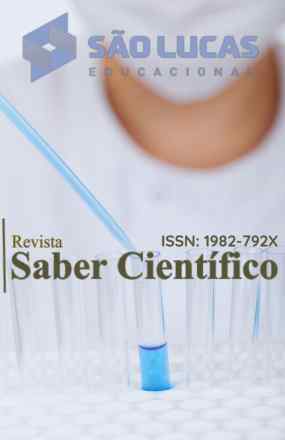MATERIAIS E TÉCNICAS DE MOLDAGEM EM PRÓTESE FIXA: REVISÃO DE LITERATURA
Saber Científico
MATERIAIS E TÉCNICAS DE MOLDAGEM EM PRÓTESE FIXA: REVISÃO DE LITERATURA
Autor Correspondente: V. T. Mesquita | [email protected]
Palavras-chave: Próteses. Impressão. Materiais.
Resumos Cadastrados
Resumo Português:
A moldagem é uma etapa fundamental em um tratamento reabilitador protético. Ela é a transferência da situação clínica para o laboratório de prótese dentária. Quanto maior a precisão deste procedimento, mais informações serão obtidas no modelo de gesso, proporcionando melhores condições para que o protético realize um trabalho bem sucedido. Existem inúmeros materiais de moldagem, dentre eles destacam-se os elastômeros, que são materiais elásticos não aquosos. São eles: silicone polimerizado por adição, silicone polimerizado por condensação, poliéter e polissulfeto. Para que o profissional tenha um sucesso clínico, ele deverá escolher aquele que mais domina. Em relação à estabilidade dimensional destes materiais, o mais estável é o silicone de adição, seguido do poliéter, polissulfeto e por fim, silicone de condensação. Para a utilização destes materiais, o dentista deve deter algumas técnicas de moldagem que são: técnica de moldagem com casquete individual, técnica de reembasamento ou dupla impressão e a técnica simultânea ou dupla mistura. O objetivo deste trabalho é apresentar achados na literatura pertinentes ao assunto.
Resumo Inglês:
The impression is one of the most important steps in fixed prosthetic treatment. It is the change from clinical situation to a prosthetic dentistry lab. The more precise the procedure, more information we can get in the cast model, resulting in better conditions for the prosthetic work to perform with success. There are a lot of impression materials that are used in fixed prosthetic like: addition silicone, condensation silicone, polyether and polysulfide. For professionals to get clinical success, they have to choose one job material impression that is the easiest and the most practical to use. About the dimensional stability of these materials, the most accurate is the addition silicone, polyether, polysulfide and the last one is condensation silicone. In order to use these materials, the dentist has to use some techniques. They are: 2 steps with relief, 2 steps with interdental relief, 2 steps with PVC technique. The purpose of this article is to show the most actual and classical literature on this subject of fixed prosthetic.

